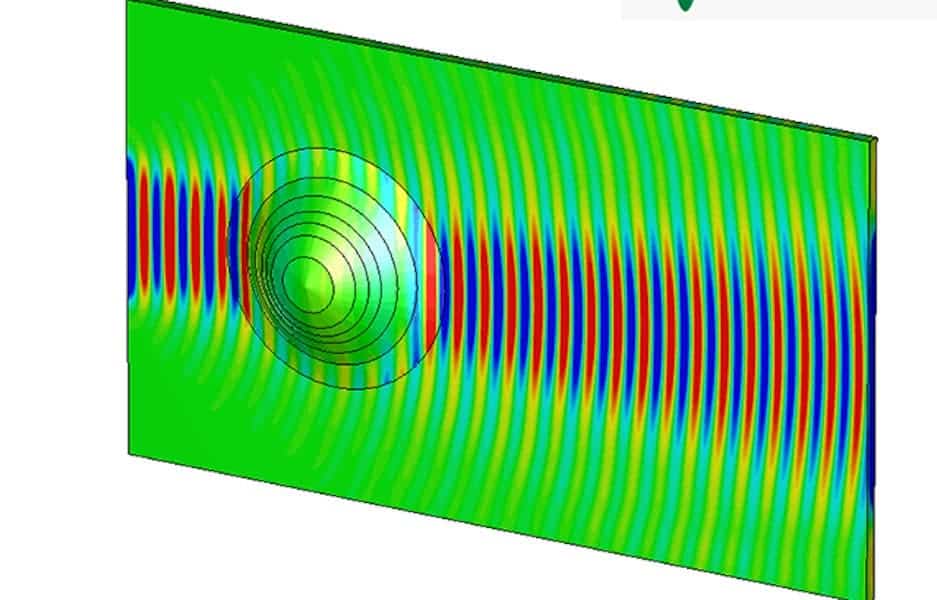It might not be the Harry Potter’s invisibility cloak just yet, but researchers from Queen Mary University of London (QMUL) have successfully created a practical cloaking device using nano-size particles to make curved surfaces appear flat to electromagnetic waves.

In addition to its potential to someday lead to the creation of a real-life invisibility cloak, the team believes that the device could help broaden the potential ways that antennas can be tethered to platforms, allowing for the utilization of different-sized and shaped antennas in awkward places.
“The design is based upon transformation optics, a concept behind the idea of the invisibility cloak,” said Yang Hao, a professor from QMUL’s School of Electronic Engineering and Computer Science and co-author of the study. “Previous research has shown this technique working at one frequency. However, we can demonstrate that it works at a greater range of frequencies making it more useful for other engineering applications, such as nano-antennas and the aerospace industry.”
The team took a curved surface roughly the size of a tennis ball and coated it with nano-particles to form seven unique layers, creating a material called a graded index nanocomposite medium. This material features varying electric properties in each layer depending on their position.
The result is the “cloaking” of the curved object by preventing it from scattering electromagnetic waves through the reduction of its electromagnetic signature.
The manipulation of surface waves seen in the new invisibility cloak is an important achievement for the development of numerous technological solutions and the advancement of many fields of science.
“We demonstrated a practical possibility to use nanocomposites to control surface wave propagation through advanced additive manufacturing,” said Luigi La Spada, also of QMUL and first author of the study. “Perhaps most importantly, the approach used can be applied to other physical phenomena that are described by wave equations, such as acoustics. For this reason, we believe that this work has a great industrial impact.”
Journal Reference: Surface Wave Cloak from Graded Refractive Index Nanocomposites. 15 July 2016. 10.1038/srep29363


